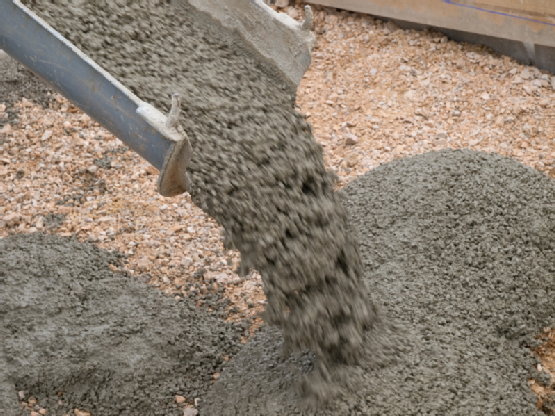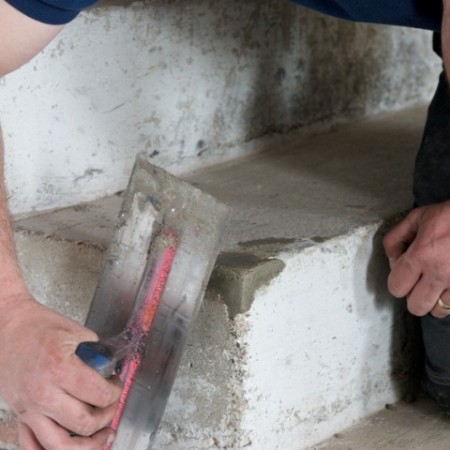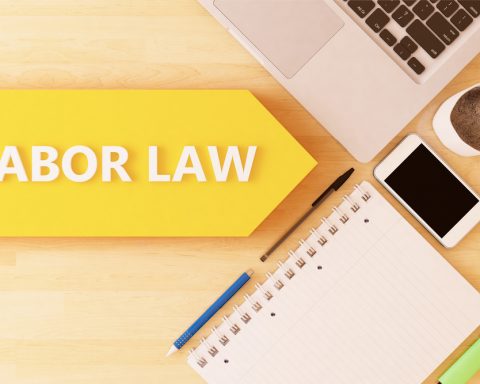For many DIY enthusiasts, concrete mixing can be one of the basic skills. Concrete is an affordable and commonly found construction material; consisted of cement, gravel and sand. Concrete mixing can be similar to baking and we need to obtain consistent results. It means that we need to follow specific recipes. There are different concrete mixes that we can choose, they will have different application, workability and strength. For professionals, concrete mixing can be like a science; but for average workers; they can create different mixes based on experience. When mixing concrete, it is important for us to understand how to mix aggregates, such as cement powder, gravel and sand. Water works as a catalyst and it will begin the overall bonding process. When mixing concrete, we need to measure the volume of the cement and aggregates used.
1-2-3 mix is the most common recipe used for many applications. It means that we should use one part cement, two parts sand and three parts gravel. Water should be used as little as possible when creating concrete. It means that we need to determine the proper viscosity and it is measured by slump. It means that a concrete with zero slump is dry and very rigid, because it wants to hold its shape. Slump of six inches means that it will move by about six inches after a slump-measuring cone is removed. In this condition, the concrete is unable hold a shape and it is very wet. The 1-2-3 mix is popular also because we can fill a large area with low amount of money. Alternatively, we don’t have to use gravel; only cement and sand; this is called mortar. Gravel is typically used as filler and it takes up a large amount of space, while providing high strength.
Despite its versatility, the 1-2-3 mix also has a disadvantage. During the finishing process, the bigger gravel aggregate may float to the surface. It means that the mix isn’t appropriate for detailed or thin application. For this purpose, we will need to use the 1:3 mortar mix. It means that we use one part cement and three parts sand. The absence of gravel, will produce smoother consistency. However, the solution occupies less volume and it won’t be cost effective to fill a large volume with mortar. However, small DIY projects may adequately use mortar. We should be aware that the type of sand could determine the quality of the mortar. Appropriate sand is known as jointing sand or masonry sand or sharp sand. Each store may use different names for the same kind of sand, so we shouldn’t become confused when shopping. Overall, we should avoid using “play sand”. It is sand that has been sterilized and washed. During the process, sand could tumble with another; dulling all the grains, which is a bad thing. Sand should have sharp edges, so it can hold together better in the concrete mix. When learning how to mix concrete and mortar; we should start with one small project, so we can learn from any mistake, if we do it.








